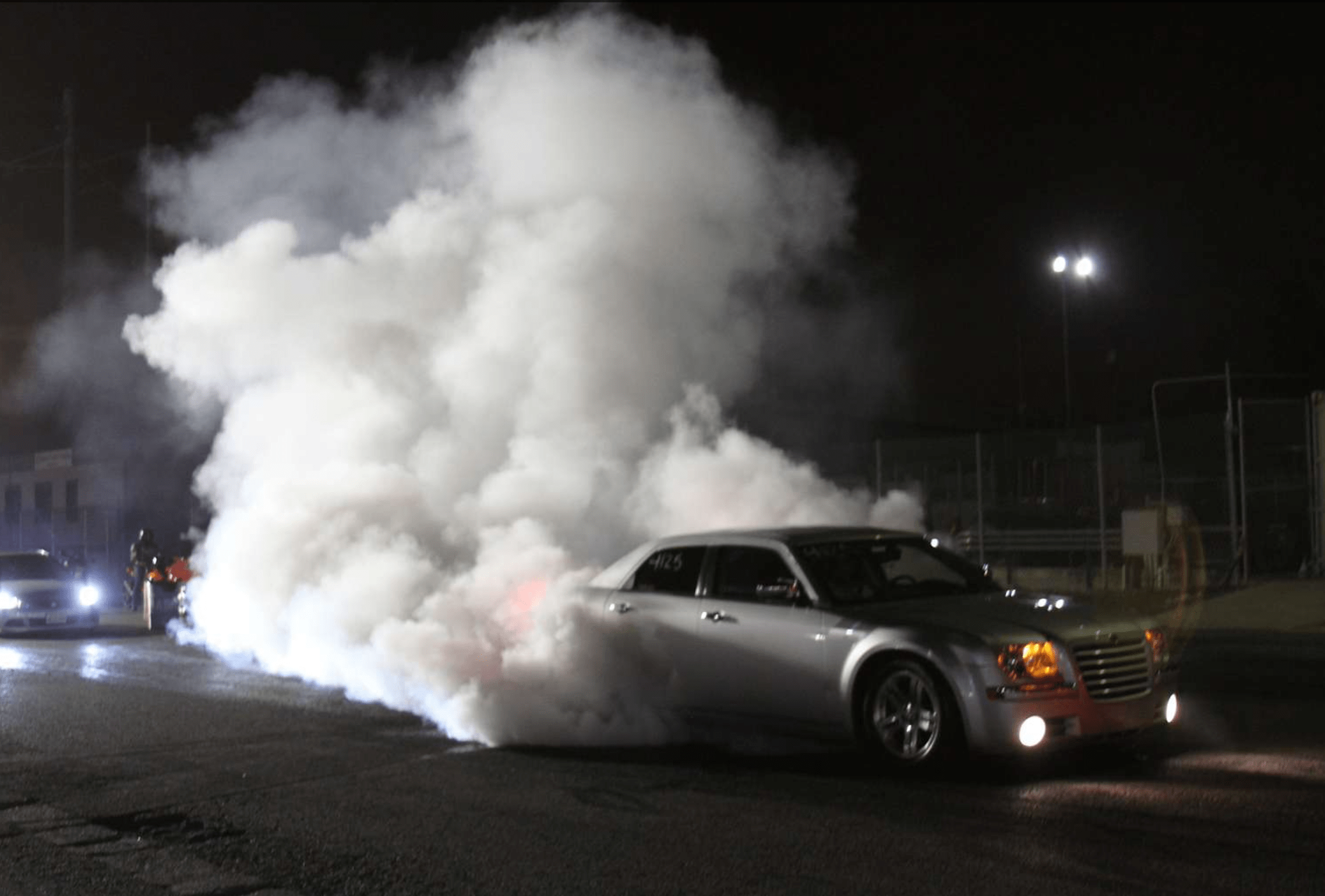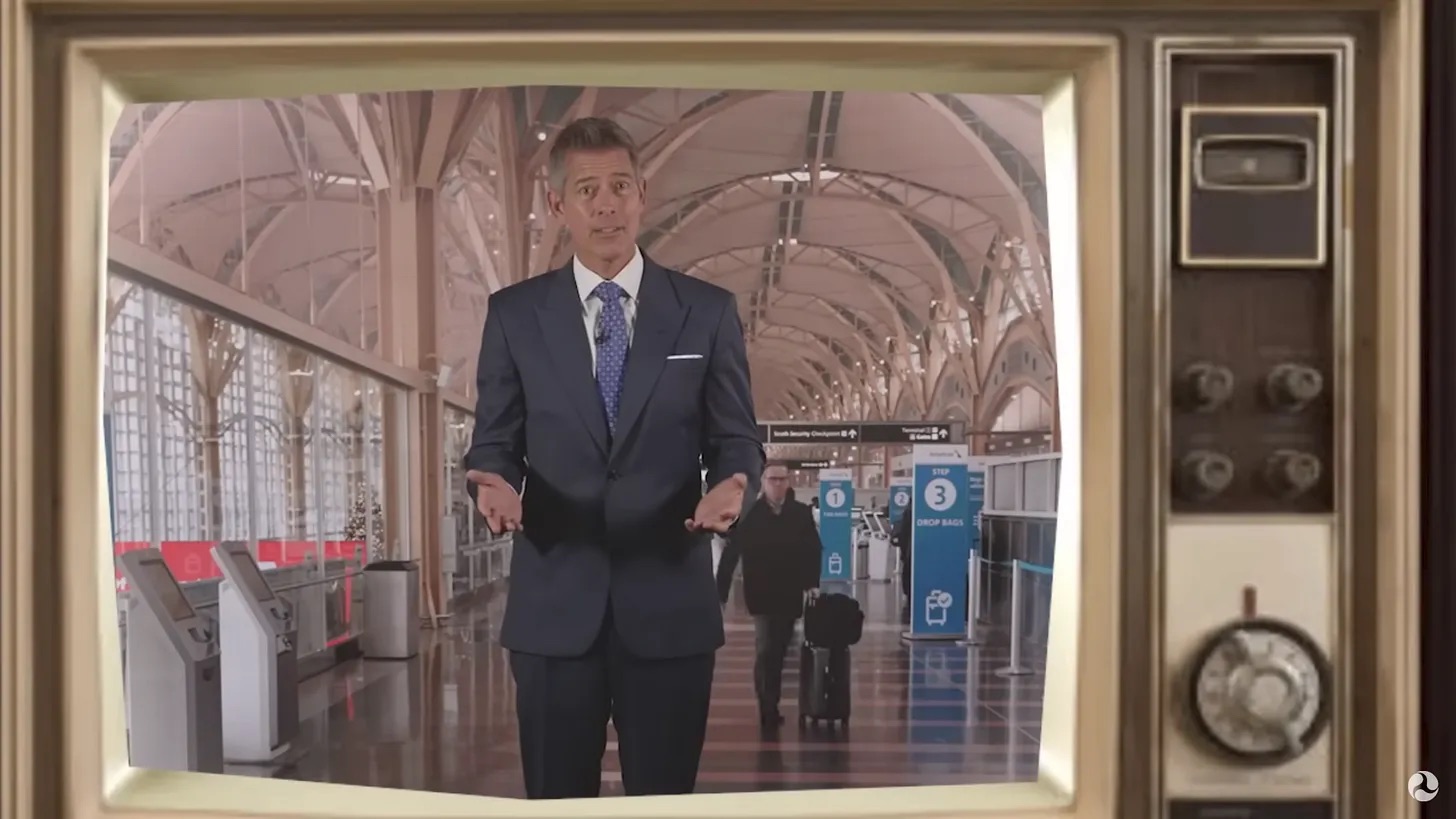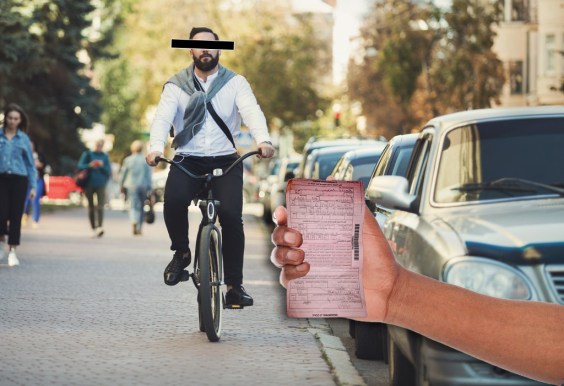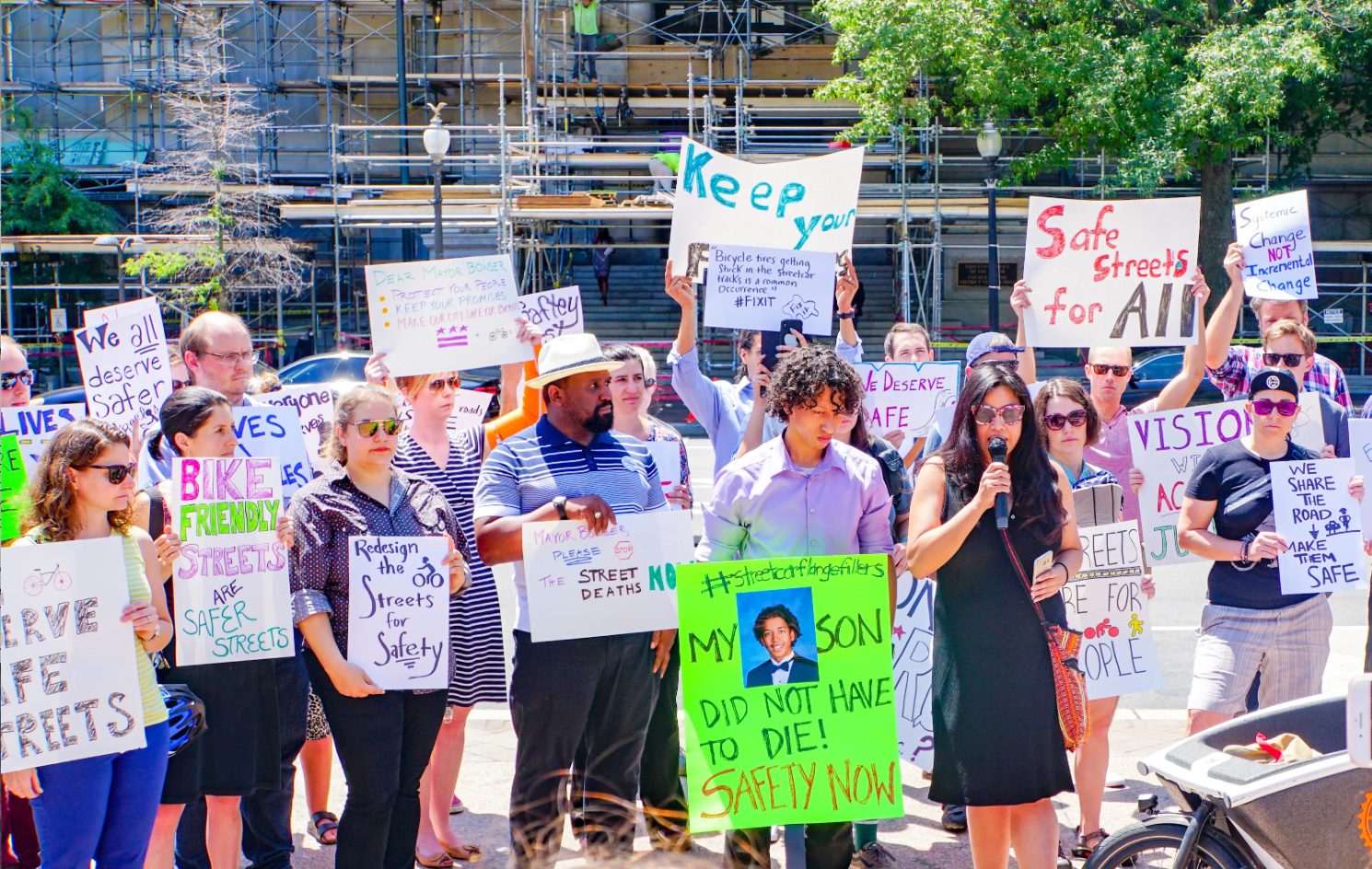
This is how it begins: Local leaders in Milwaukee commissioned a study examining whether the city's convention center is up to snuff. Surprise, surprise, reports Bruce Murphy at Urban Milwaukee: Hunden Strategic Partners, a consulting firm that loves convention centers, says Milwaukee really ought to be pumping a bunch of public money into expanding its convention facilities and a new arena for its NBA franchise, the Bucks. Oh, and a large publicly subsidized hotel wouldn't hurt either. This is the same outfit that did the study for Kansas City's Power and Light District, which has turned into a notorious money pit for the city.
Does Milwaukee really need to double the size of its convention center and chip in for a 1,000-room hotel? Murphy does a good job highlighting some weaknesses in the report:
“The cost and investment of keeping the Bucks is one worth working hard for, as the loss of a team can be devastating to the downtown economy,” Hunden warns, but offers no evidence whatsoever of this contention. The clear consensus among economists is that there is no economic spinoff from such investments, and Hunden never addresses this.
As for the need to increase the convention center, its own data undercuts that recommendation. For starters, the study finds Milwaukee’s convention attendance has increased by nearly 130 percent between 2007 and 2014, while convention hotel room nights increased 26 percent during the same period. So the convention center has done pretty well in recent years.
As for what a bigger convention center might accomplish, the study’s analysis of the Wisconsin Center “suggests that the convention-generated business downtown is minimal. The sales generated by those coming downtown from the suburbs (and beyond) for major events, especially during the summer, is a significant impact on downtown.”
In short, the convention center is not bringing much business downtown. So why should the city invest more money in it?
Hunden notes that Downtown north of the convention center has dead spots that need to be filled. But this dead zone is arguably due to all the large institutional buildings in the area: the Wisconsin Center, UWM Panther Arena, Milwaukee Theatre,Bradley Center, etc. Adding another huge addition to the convention center, and an even bigger-scaled NBA arena, will simply increase this institutional footprint.
The bizarre thing about the study is how it ignores its own findings about the strengths of Milwaukee. While Milwaukee’s metro area has 1.6 million people compared to an average of 2.1 million in the other ten cities, Milwaukee ranked 6th of 11 in total downtown population, counting employees and residents, and second in downtown residents, with 25,000. The study notes that since 2000, the downtown population in Milwaukee has increased by more than 25 percent and the median income of downtown households increased by 38 percent. More than $500 million in housing developments and 5,000 housing units have been added to Downtown since 2005. And all this growth has happened despite that dreaded dead zone near the convention center.
Elsewhere on the Network today: Streets.mn makes the case for "floating bus stops" to minimize on-street conflicts between transit and biking. NRDC Switchboard says we don't just need more "infrastructure" investment, we need to distinguish between investments that are productive and those that are not. And City Observatory shows how the Census understates the share of people who regularly use transit.





